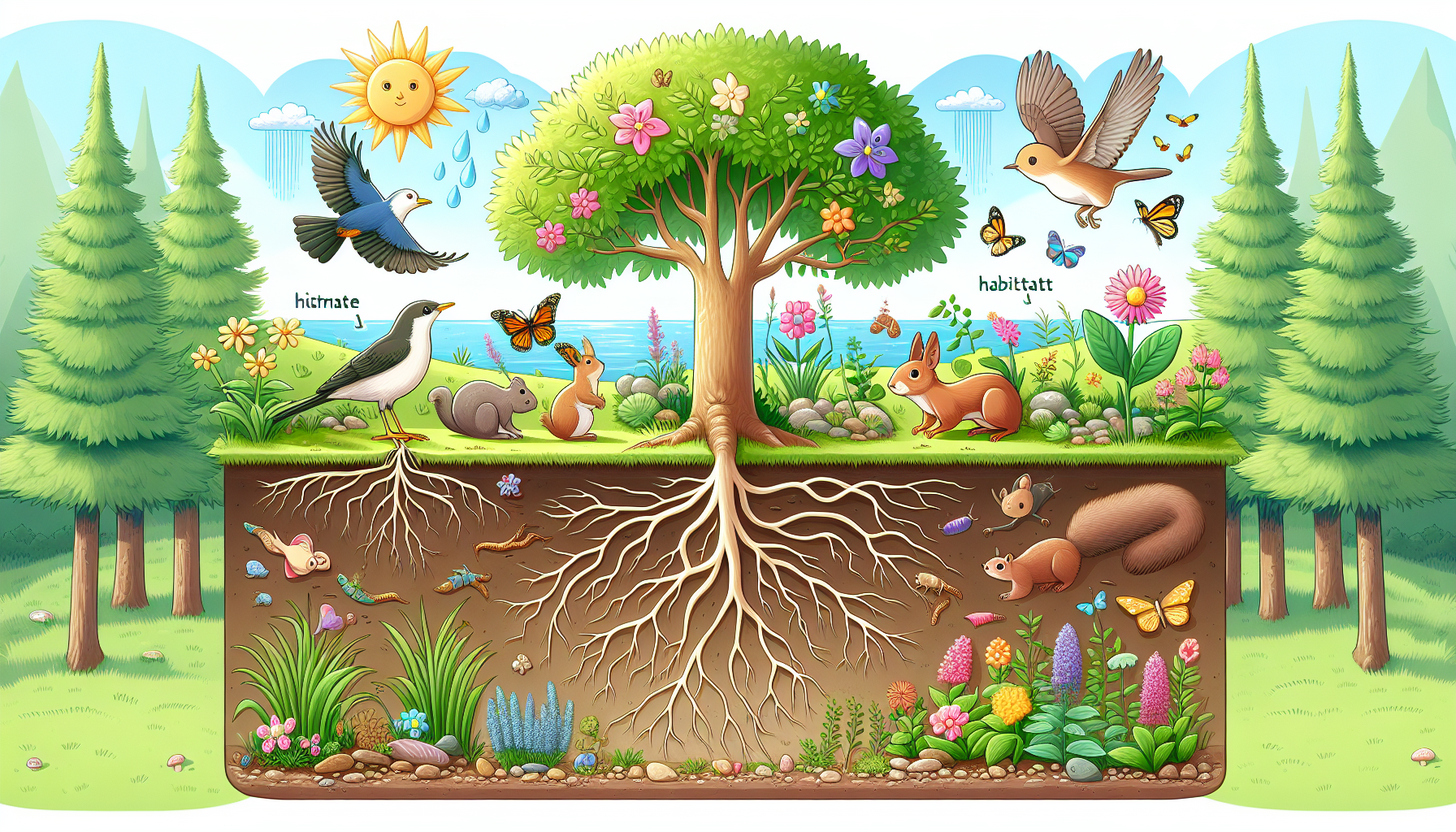
how do animals and plants depend on each other
How Do Animals and Plants Depend on Each Other?
The natural world is a delicate web of interconnected relationships, and one of the most important connections is between animals and plants. These two groups are not only essential for each other's survival but also play crucial roles in maintaining healthy ecosystems. In this post, we'll explore how animals and plants depend on each other and why their partnership is vital to life on Earth.
The Role of Plants in Supporting Animals
Plants are the backbone of most ecosystems. They provide food, shelter, and oxygen, making them indispensable to animal life. Here's how plants support animals:
- Food Source: Plants are primary producers, meaning they create their own food through photosynthesis. Herbivores depend directly on plants for nourishment, while carnivores rely indirectly on plants because they eat herbivores.
- Shelter: Trees, shrubs, and grasses provide habitats for countless species of animals. Birds nest in trees, insects live among leaves, and mammals use forests for cover and protection.
- Oxygen Production: Through photosynthesis, plants release oxygen into the atmosphere, which is essential for animal respiration.
The Role of Animals in Supporting Plants
Animals also play a critical role in the life cycle of plants. Here’s how animals contribute to plant survival:
- Pollination: Many plants rely on animals like bees, butterflies, and birds to transfer pollen between flowers, enabling reproduction. Without pollinators, many plants would struggle to produce seeds.
- Seed Dispersal: Animals help spread seeds far and wide. For example, birds eat fruit and excrete seeds in new locations, while squirrels bury nuts that sometimes grow into trees.
- Soil Fertilization: Decomposing animal waste and remains enrich the soil, providing nutrients that help plants grow.
Examples of Mutual Dependence
Some species have developed highly specialized relationships that highlight the mutual dependence between animals and plants:
- Bees and Flowers: Bees gather nectar from flowers for food, while flowers benefit from the bees' pollination efforts.
- Fruit Trees and Birds: Birds eat fruits and disperse the seeds, ensuring the growth of new trees.
- Ants and Acacia Trees: Acacia trees provide shelter and food for ants, which in turn protect the trees from harmful pests.
Why This Relationship Matters
The interdependence between animals and plants is crucial for biodiversity and the health of ecosystems. When one group is threatened—such as through deforestation or the decline of pollinator populations—the other group is inevitably affected. This can lead to disruptions in food chains and the collapse of ecosystems.
How You Can Help
Protecting the relationship between animals and plants starts with us. Here are some steps you can take:
- Plant native flowers and trees to support local wildlife.
- Reduce pesticide use to protect pollinators like bees and butterflies.
- Support conservation efforts aimed at preserving habitats and biodiversity.
By understanding and respecting the interdependence between animals and plants, we can help ensure a thriving natural world for generations to come.
Learn more about conservation and biodiversity by visiting World Wildlife Fund and National Geographic Environment.